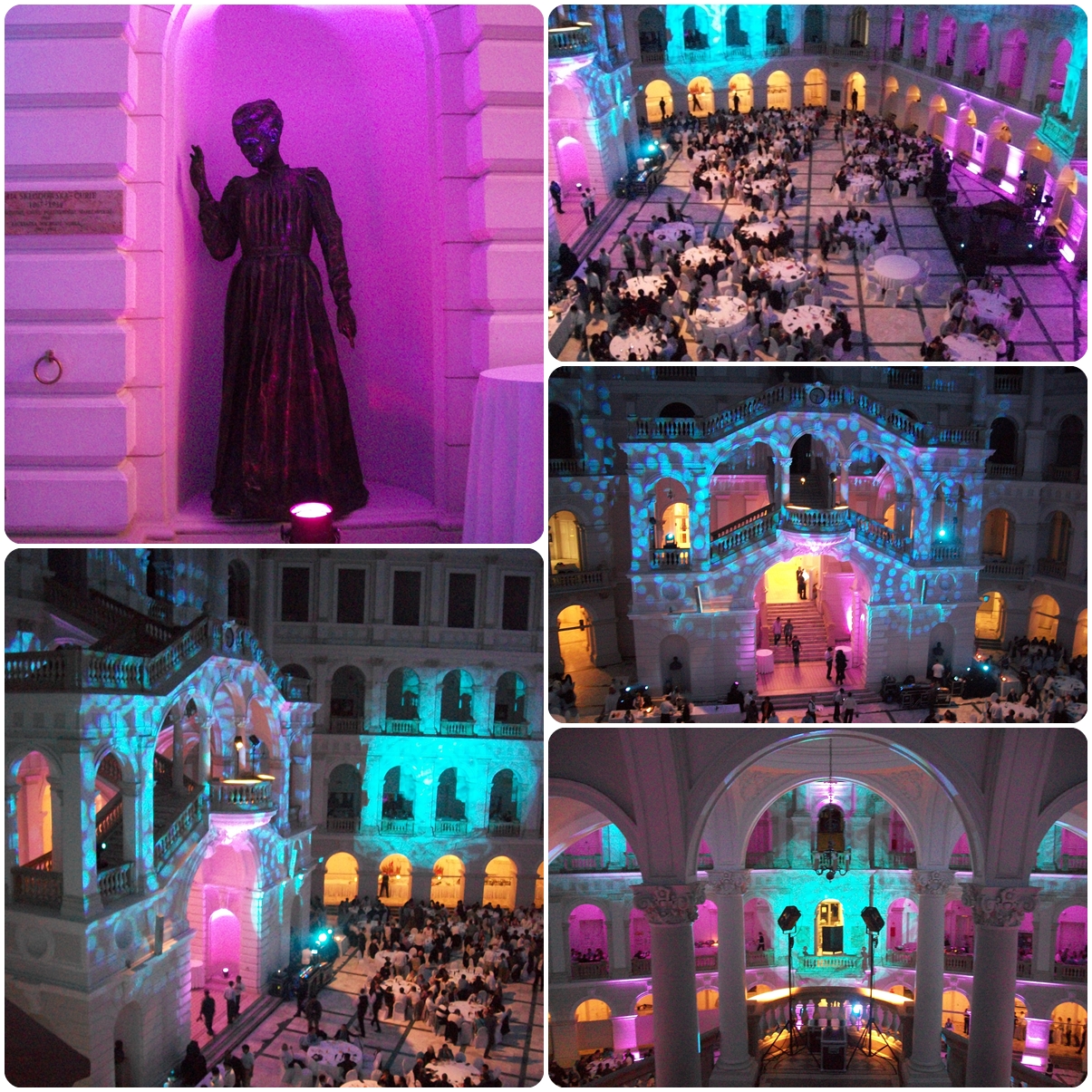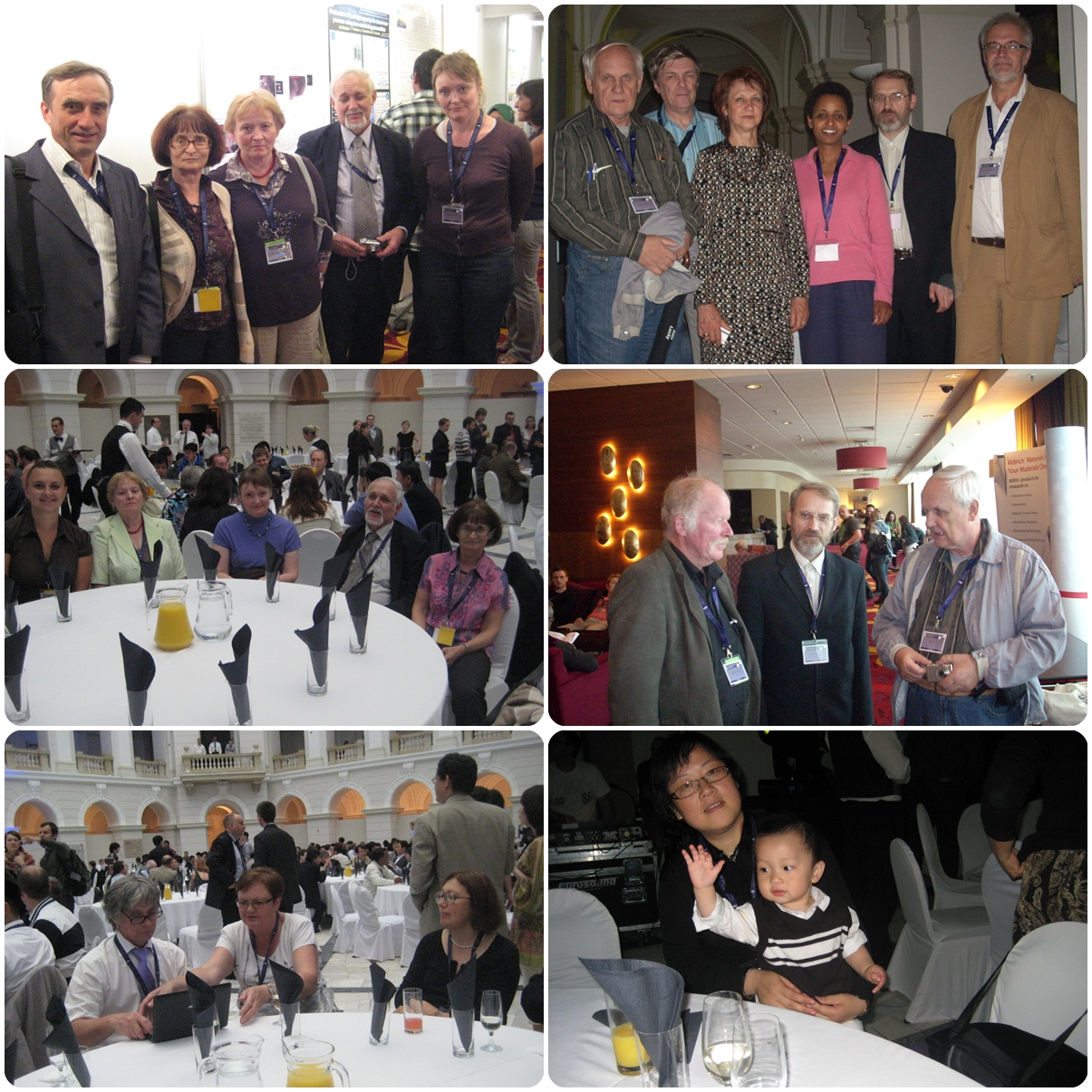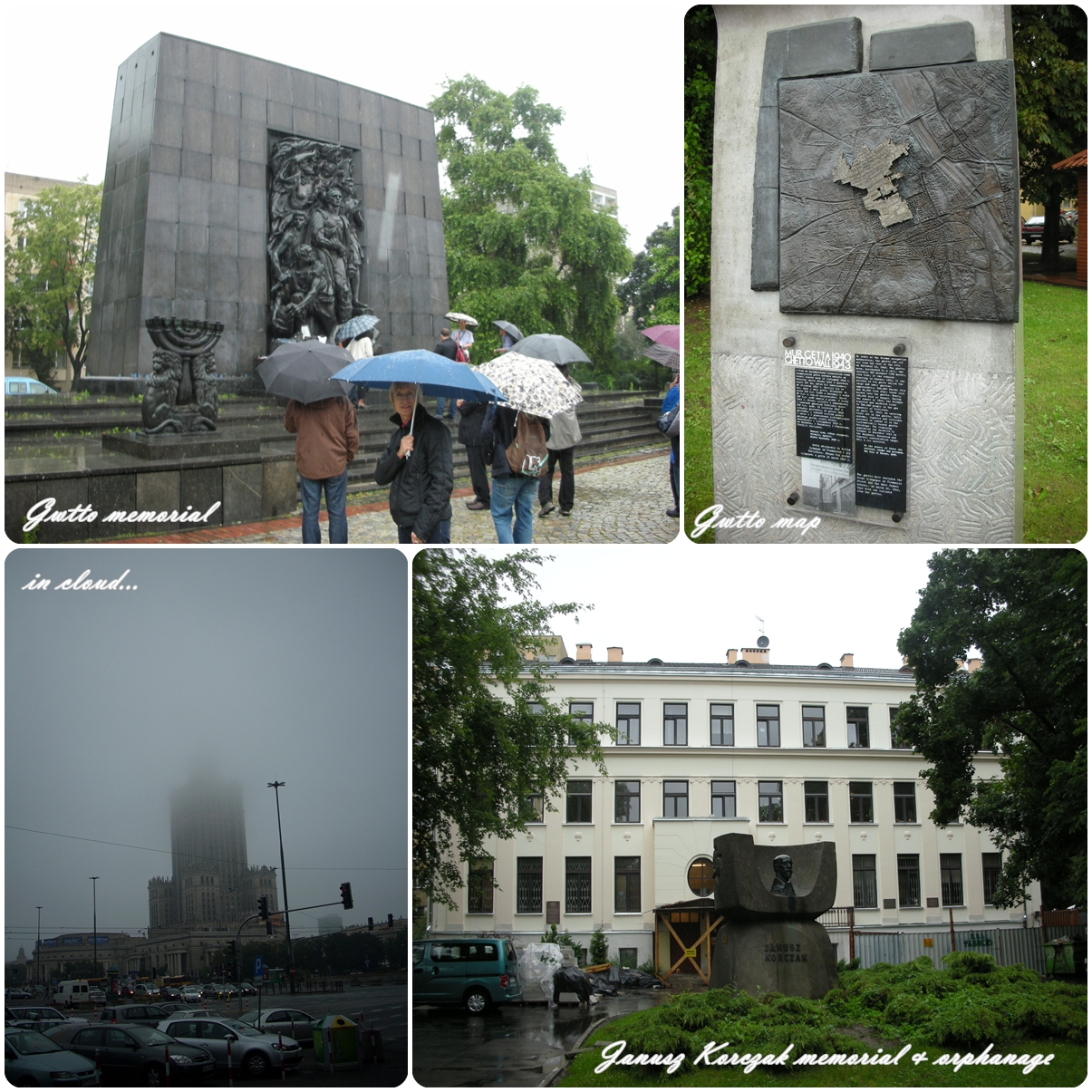Past recipient of the ISSI Senior Scientist Award
The first ISSI Senior Award will be presented to Prof. Stanley Whittingham of Binghamton University and President of the ISSI from 2009-2011. Prof. Whittingham, and each subsequent ISSI Senior Award recipient, will present a special invited talk at the respective SSI conference. This bi-annual award consists of a prize of ISSI Life Membership, complimentary SSI meeting registration for and travel assistance to the conference at which Award is to be presented. Please note that the award will not be given in a year in which there is no appropriate candidate.
Prof. M. Stanley Whittingham's special invited talk at SSI-21 in Padua is entitled:
“Solid State Ionics – The Key to the Discovery, Introduction and Domination of Lithium Batteries for Portable Energy Storage”
In 1967 a revolution began in solid state electrochemistry when Ford announced the high ionic mobility of sodium ions in beta alumina, a highly non-stoichiometric material. To measure the ionic conductivity of these materials, mixed ion and electron conducting electrodes were required such as LixV2O5 or NaxWO3. The concept of non-stoichiometry was not a part of the battery community’s language; Dalton’s Law still prevailed. The use of mixed conductors with fast ion conduction led to the recognition that intercalation reactions themselves could be used to store energy, particularly when the mobile ion was lithium. Early efforts focused predominantly on layered structures, such as LixTiS2 and LixV2O5. Exxon briefly commercialized LixTiS2 using a LiAl anode (Whittingham); this was followed by MoliEnergy with LixMoS2 using a pure Li anode (Dahn), which led to a number of safety issues. It was not until an intercalation anode, C6Li (Basu) was combined (SONY) with LiCoO2 (Goodenough) that a commercially viable battery became available. Such batteries now dominate portable energy storage and even are entering MWh size grid storage. Each one of the components depends on an understanding of Solid State Ionics to be successful. However, even today Li cells only store 11-25% of their theoretical capacity. We need to “close this gap” by enhancing both the ionic mobility and the electron mobility in the materials, so that thicker electrodes can be used. There is also a resurgence of interest today in solid electrolytes that would enable the use of pure lithium anodes. These issues will be discussed together with a projection into the future. Many thanks are due to Esso (now ExxonMobil), US DOE, Stanford U. and many colleagues for support over the last decades.
The SSI conference series was inaugurated in 1989 in order to bring together students and leaders in the field for 5 days of plenary and invited talks by preeminent scientists in the field, as well serve as a gathering point for students and emerging leaders. asa Here are a few souvenirs from the biannual SSI conferences over the years. If you have photos you would like added to the collection and share with the SSI community, please contact the Webmaster via the "Contact Us" site.
SSI-25: Singapore
Organizer:S. Adams
SSI-24: London, UK
Organizers: S.J. Skinner and J.A. Kilner
SSI-23: Boston, MA, USA
Organizer: B. Yildiz
SSI-22: PyeongChang, Korea
Organizer: J.-H. Lee
SSI-21: Padua, Italy
Organizer: V. Di Noto
SSI-20: Keystone, Colorado
Organizers: S. Kim, W. Cheuh, R. O'Hayre
SSI-19: Kyoto, Japan
Organizer: S. Yamaguchi
SSI-18 2011 Warsaw, POLAND
Organizer: F. Krok
|
|
|
|
|
SSI-18, Warsaw |
SSI-18, Warsaw participants |
SSI-18, Warsaw participants |
|
|
|
|
|
SSI-18, Warsaw |
SSI-18, Warsaw | SSI-18, Warsaw |
SSI-17: Toronto, Canada
Organizer: A. Cormack
SSI-16: Shanghai, China
Organizer: H. Luo
SSI-15: Baden-Baden, Germany
Organizers: E. Ivers-Tiffee and J. Maier
SSI-14: Monterey, CA
Organizer: T. Gur
SSI-13: Cairns, Australia
Organizer: S.P.S. Badwal
SSI-12: Thessaloniki, Greece
Organizer: C. Vayenas
SSI-11: Honolulu, HI
Organizer: B. Liebert
SSI-10: Singapore
Organizer: B.V.R. Chowdari
SSI-9: The Hague, The Netherlands
Organizer: J. Schoonman
SSI-8: Lake Louise, Canada
Organizer: P. Nicholson
SSI-7: Hakone, Japan
Organizer: S. Hoshino
SSI-6: Garmisch-Partenkirchen, Germany
Organizer: W. Weppner
The following SSI conferences were held before the establishment of ISSI as a formal Society:
SSI-5: Lake Tahoe, CA
Organizer: R. Huggins
SSI-4: Grenoble, France
Organizer: M. Kleitz
SSI-3: Tokyo, Japan
Organizer: T. Takehashi
SSI-2: St. Andrews, Scotland
Organizer: C. Vincent
SSI-1: Rome, Italy
Organizer: B. Scrosati
Perspectives on the ISSI
Much has happened in our field since the founding of our Society on September 8, 1987, in Garmisch-Partenkirchen, Germany at the 6th International Conference on Solid State Ionics. The promise of high energy density batteries has been fulfilled with lithium batteries now powering our laptops, cell phones and even motor vehicles. Concerns about global warming have accelerated the demand for alternative means for capturing and storing solar and other forms of renewable energy as well as for the detection and monitoring of emissions. Our field of Solid State Ionics is well poised to provide efficient and cost effective solutions, if we as a community, can make rapid and synergistic progress combining advances in theory, experiment, computation towards device development and scale up on the types of devices illustrated in the above figure. More recent developments hold promise for future micro and nanoelectronic devices in which ion motion can be applied to create extremely fast and highly dense memory elements. Finally, it is fair to say that life itself depends on ion motion through membranes, and this interface between biology and solid state ionics is itself an exciting frontier that individuals in our field are just beginning to seriously address.
Recent Initiatives
ISSI has in recent years been working towards providing a more direct interface with members of the Society as well as providing them with useful resources. Several of these activities include:
- Incorporating the Society as a stand alone Non-profit Corporation with ability to handle its own finances
- Building on our success in recognizing outstanding contributions from young scientists active in the Solid State Ionics field via the Young Scientist Award Program to include the new ISSI Mid Career Research Award and the ISSI Senior Scientist Award.
- Establishing a permanent, more user-friendly Website highlighting latest developments in the field of Solid State Ionics and providing means for members to provide feedback to the Society.
- Organizing the International Conference on Solid State Ionics to address both current and crosscutting trends in the field. SSI-24 was successfully held in London, UK, July 15-19, 2024. The conference website: https://ssi24.scito.org/
- The next International Conference on Solid State Ionics (SSI-25) will be held in Singapore, July 5-10, 2025.
The conference website: https://ssi-25.org/
We look forward to receiving your input as to how the ISSI might further advance services to its members and the broader SSI community.
ISSI Board Members
The ISSI board members are currently as follows:
President:
Prof. Tatsumi Ishihara, Japan
Vice President:
Prof. Jennifer Rupp, Germany
Immediate Past President:
Prof. Bilge Yildiz, USA
Treasurer:
Prof. Stephen Skinner, UK
Secretary:
Prof. Ryan O'Hayre, USA
Councilors from Asia/Pacific Rim:
Prof. Naoaki Yabuuchi, Japan
Prof. WooChul Jung, Korea
Prof. Hanxing Liu, China
Councilors from Europe:
Dr. Rotraut Merkle, Germany
Prof. Monica Burriel, France
Prof. Bettina Lotsch, Germany
Councilors from America:
Prof. Nicola H. Perry, USA
Prof. Olga Marina, USA
Councilors from Any Region:
Prof. Anke Weidenkaff, Germany
ISSI Past Presidents
The ISSI Leadership heralds from the most highly renowned and respected individuals from across the globe:
2022-2024 Prof. Bilge Yildiz, USA
2019-2022: Prof. Truls Norby, Norway
2017-2019: Prof. Han-Ill Yoo, Korea
2015-2017: Prof. Harry L. Tuller, USA
2013-2015: Prof. Joachim Maier, Germany
2011-2013: Prof. Shu Yamaguchi, Japan
2009-2011: Prof. M. Stanley Whittingham, USA
2007-2009: Prof. Klaus Funke, Germany
2005-2007: Prof. Tsutomu Minami, Japan
2003-2005: Prof. Subhash Singhal, USA
2001-2003: Prof. Joop Schoonman, The Netherlands
1999-2001: Prof. Hiroyasu Iwahara, Japan
1997-1999: Prof. Wayne Worrell, USA
1995-1997: Prof. Werner Weppner, Germany
1993-1995: Prof. Osamu Yamamoto, Japan
1991-1993: Prof. Gregory Farrington, USA
1989-1991: Prof. Bruno Scrosati, Italy
1987-1989: Prof. Robert Huggins, USA
Past recipient of the ISSI Senior Scientist Award
The first ISSI Senior Award will be presented to Prof. Stanley Whittingham of Binghamton University and President of the ISSI from 2009-2011. Prof. Whittingham, and each subsequent ISSI Senior Award recipient, will present a special invited talk at the respective SSI conference. This bi-annual award consists of a prize of ISSI Life Membership, complimentary SSI meeting registration for and travel assistance to the conference at which Award is to be presented. Please note that the award will not be given in a year in which there is no appropriate candidate.
Prof. M. Stanley Whittingham's special invited talk at SSI-21 in Padua is entitled:
“Solid State Ionics – The Key to the Discovery, Introduction and Domination of Lithium Batteries for Portable Energy Storage”
In 1967 a revolution began in solid state electrochemistry when Ford announced the high ionic mobility of sodium ions in beta alumina, a highly non-stoichiometric material. To measure the ionic conductivity of these materials, mixed ion and electron conducting electrodes were required such as LixV2O5 or NaxWO3. The concept of non-stoichiometry was not a part of the battery community’s language; Dalton’s Law still prevailed. The use of mixed conductors with fast ion conduction led to the recognition that intercalation reactions themselves could be used to store energy, particularly when the mobile ion was lithium. Early efforts focused predominantly on layered structures, such as LixTiS2 and LixV2O5. Exxon briefly commercialized LixTiS2 using a LiAl anode (Whittingham); this was followed by MoliEnergy with LixMoS2 using a pure Li anode (Dahn), which led to a number of safety issues. It was not until an intercalation anode, C6Li (Basu) was combined (SONY) with LiCoO2 (Goodenough) that a commercially viable battery became available. Such batteries now dominate portable energy storage and even are entering MWh size grid storage. Each one of the components depends on an understanding of Solid State Ionics to be successful. However, even today Li cells only store 11-25% of their theoretical capacity. We need to “close this gap” by enhancing both the ionic mobility and the electron mobility in the materials, so that thicker electrodes can be used. There is also a resurgence of interest today in solid electrolytes that would enable the use of pure lithium anodes. These issues will be discussed together with a projection into the future. Many thanks are due to Esso (now ExxonMobil), US DOE, Stanford U. and many colleagues for support over the last decades.
Page 2 of 2







